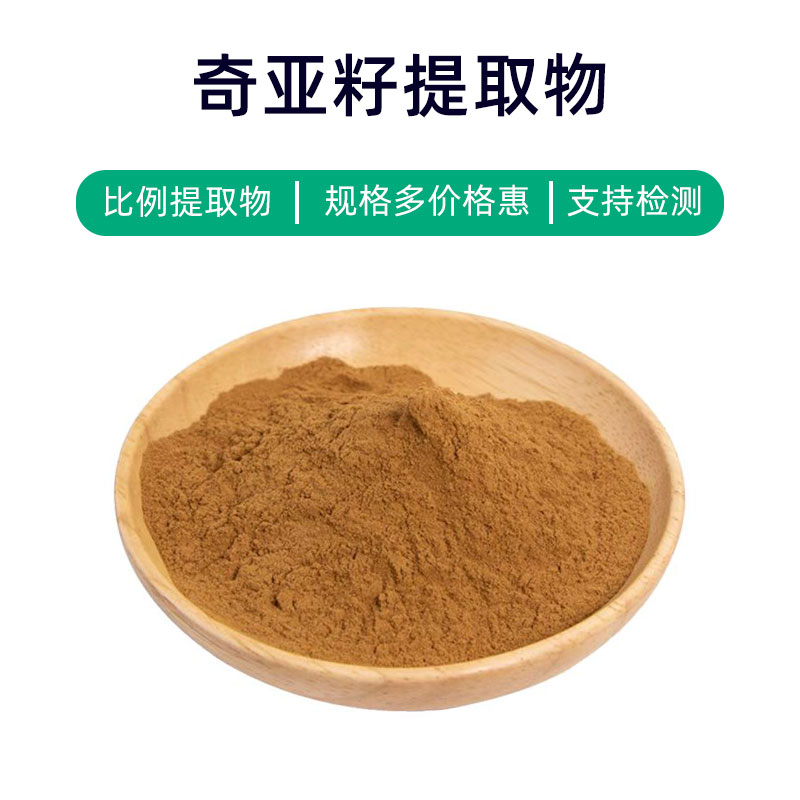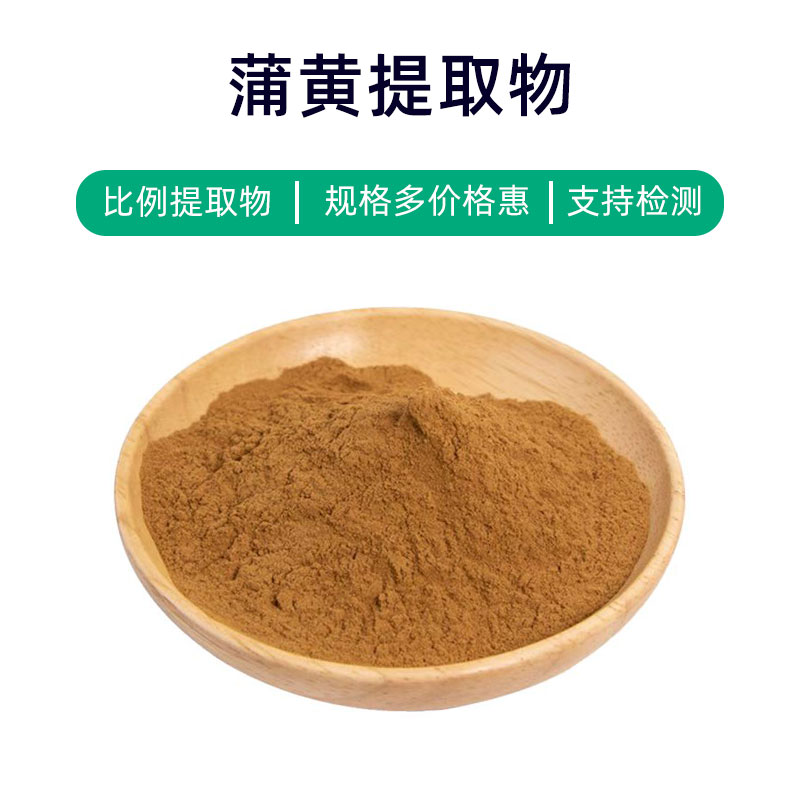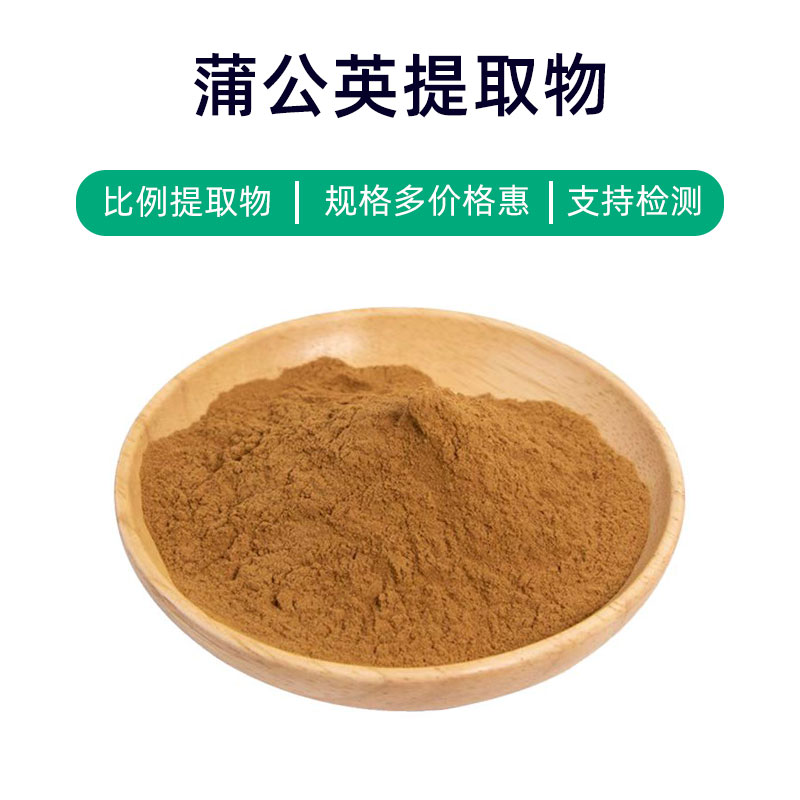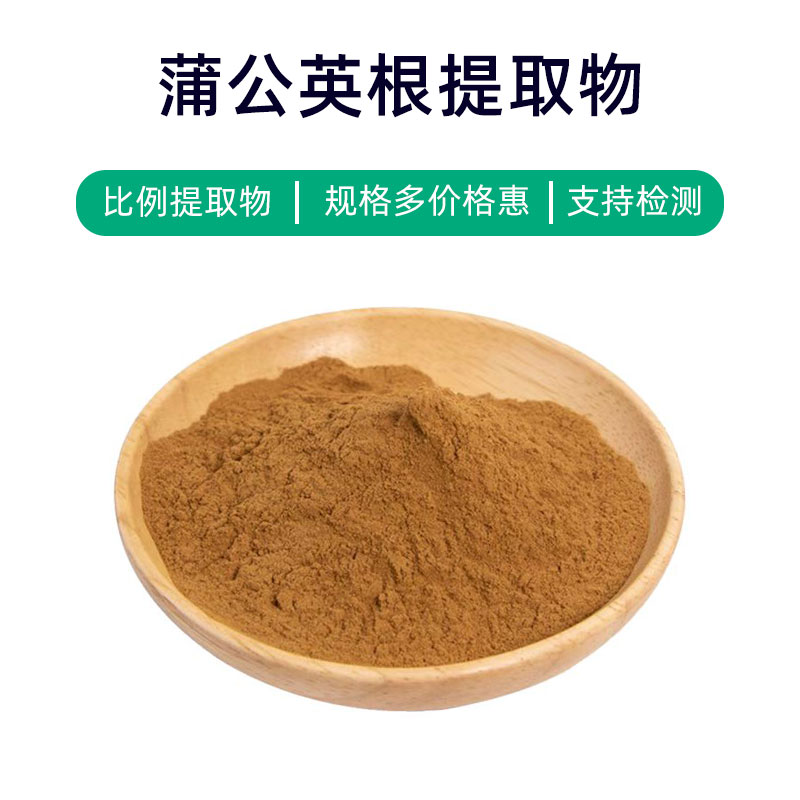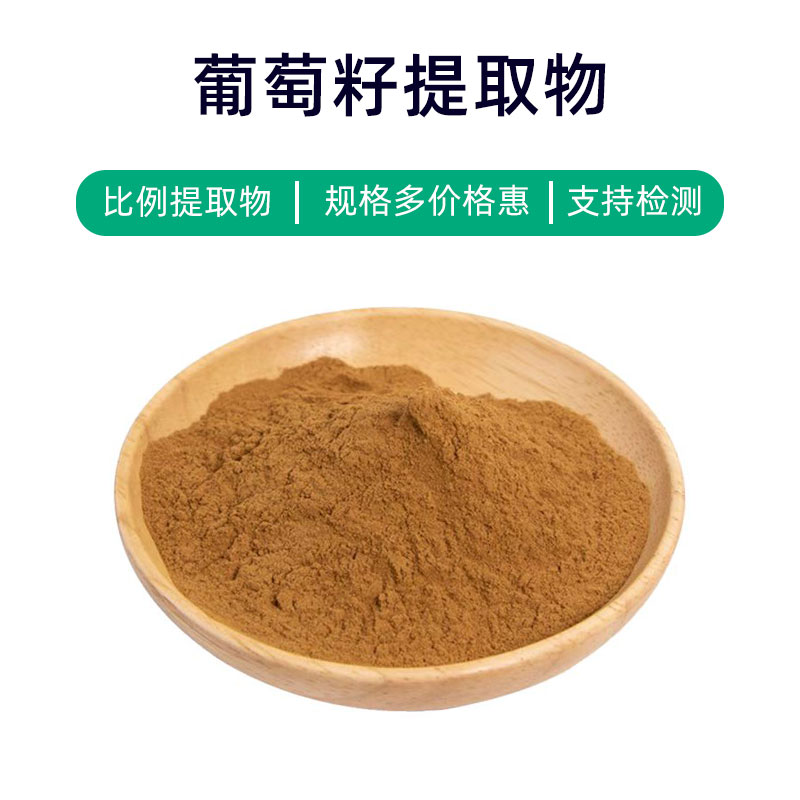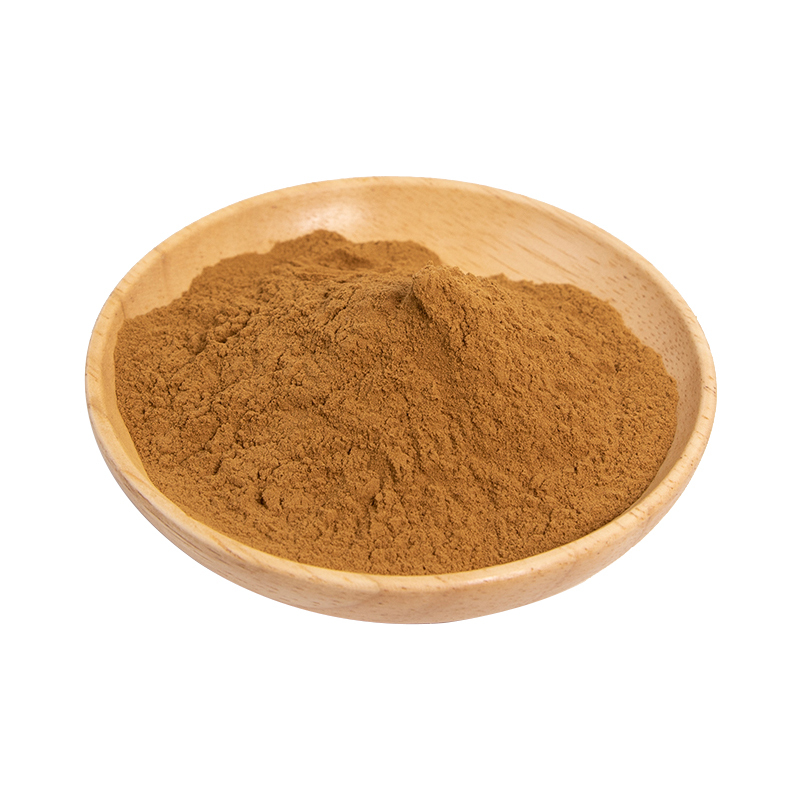Papaya Leaf Extract Product Introduction
Papaya Leaf Extract is a natural botanical extract derived from the leaves of the papaya plant. Its main ingredients include enzymes, polyphenolic compounds, and various vitamins, making it widely applicable in the fields of pharmaceuticals, health supplements, and cosmetics.
One of the key components of papaya leaf extract is the enzyme, including papain. These enzyme components promote digestion, boost immunity, and possess anti-inflammatory and antioxidant properties. Papain, in particular, helps break down proteins, aids in food digestion and absorption, and assists in regulating gastrointestinal function.
Additionally, papaya leaf extract is rich in polyphenolic compounds such as flavonoids and phenolic compounds. These compounds exhibit strong antioxidant properties, helping to combat free radicals, slow down cellular oxidative damage, and support overall health.
In the pharmaceutical field, papaya leaf extract is commonly used to manufacture digestive aids and immune modulators, improving digestive system function and enhancing immunity. It is also frequently used as a raw material in health supplements aimed at aiding digestion. In cosmetics, papaya leaf extract can be found in skincare products for its antioxidant, moisturizing, and soothing effects.
Overall, as a natural plant extract, papaya leaf extract is packed with nutrients and multiple benefits, showing promising applications in the pharmaceutical, health supplement, and cosmetics industries.
Papaya Leaf Extract Production Process
The production process of papaya leaf extract typically involves the following main steps:
- Raw Material Selection: Fresh, high-quality papaya leaves are chosen as raw materials. Fresh leaves contain more active ingredients, ensuring the quality and efficacy of the extract.
- Washing and Processing: The chosen papaya leaves are washed to remove impurities and dirt. Following washing, the leaves are processed by removing stems, grinding, or chopping them to better release active ingredients during extraction.
- Extraction: Appropriate extraction methods are applied to the processed papaya leaves. Common extraction methods include water extraction, ethanol extraction, or supercritical fluid extraction. During this process, temperature, time, and solvent concentration must be controlled for optimal extraction results.
- Concentration: The extracted papaya leaf liquid is concentrated to remove excess solvent and moisture, resulting in concentrated papaya leaf extract.
- Filtration and Purification: The concentrated extract undergoes filtration and purification to remove impurities and unwanted components, enhancing the purity and quality of the extract.
- Drying: Finally, the purified papaya leaf extract is dried, typically using spray drying or vacuum drying techniques, converting the extract into powder or solid form for easier storage and use.
- Packaging and Storage: The dried papaya leaf extract is packaged in sealed or moisture-proof packaging, avoiding direct sunlight and high temperatures to maintain product stability and effectiveness.
This overview outlines the common production workflow for papaya leaf extract. Every step requires strict control of operating conditions and quality standards to ensure the quality and safety of the final product.
Benefits and Side Effects of Papaya Leaf Extract
Papaya leaf extract provides various benefits and effects, mainly in the following areas:
- Antioxidant Effects: Papaya leaf extract is rich in various antioxidants, including vitamins C, E, and β-carotene, which help eliminate free radicals in the body, protect cells from oxidative damage, and slow the aging process.
- Anti-inflammatory Effects: The active components in papaya leaf extract possess anti-inflammatory properties that can reduce inflammatory responses, alleviate pain and discomfort, and provide relief for skin allergies and inflammation.
- Digestive Promotion: Papaya leaf extract contains abundant papain and fiber, promoting secretion of digestive juices, enhancing gastrointestinal motility, aiding in food digestion, and improving issues like indigestion.
- Immune System Boosting: The active ingredients in papaya leaf extract help enhance immune function, increase resistance, and reduce the incidence of infections and diseases.
- Skin Improvement: Rich in vitamins and minerals, papaya leaf extract offers moisturizing, anti-wrinkle, whitening, and skin-repairing benefits, which can be incorporated into skincare products to improve skin texture and appearance.
- Blood Sugar Regulation: Some studies indicate that certain components in papaya leaf extract can help regulate blood sugar levels, offering some supplementary support for diabetic patients.
It's important to note that while papaya leaf extract has many advantages, there are potential side effects and precautions to be aware of:
- Overconsumption May Lead to Digestive Issues: Excessive intake of papaya leaf extract may cause gastrointestinal discomfort, such as diarrhea and bloating due to the presence of papain.
- Caution for Certain Populations: Pregnant women, breastfeeding mothers, young children, and individuals with allergies should use papaya leaf extract cautiously and ideally under medical supervision.
- Possible Allergic Reactions: Some individuals may experience allergic reactions to papain or other components, such as redness and itching; in such cases, use should be discontinued and medical attention sought.
In summary, while papaya leaf extract offers numerous benefits, it is crucial to use it in moderation and avoid potential adverse effects on unsuitable populations. For any discomfort or questions, promptly consult a healthcare professional or qualified expert.
Usage Scenarios and Dosage of Papaya Leaf Extract
Papaya leaf extract is widely used in pharmaceuticals, food, and cosmetics. Below are its application scenarios and recommended dosage in various fields:
- Pharmaceutical Field:
- Anti-Inflammatory and Pain Relief: Papaya leaf extract exhibits significant anti-inflammatory and pain-relieving properties and can be used to formulate oral or topical medications, like topical patches or sprays. Dosage: For topical products, follow product instructions; for oral medications, it’s recommended to consult a doctor, typically with adults taking 100-200 mg per dose.
- Digestive Health: Due to its rich content of papain and fiber, it's utilized to prepare digestive health supplements, such as oral liquids and capsules. Dosage: Refer to the product instructions; generally, the advised daily intake is 200-500 mg.
- Antioxidant Anti-Aging: Antioxidants in papaya leaf extract protect the skin and can be formulated into antioxidant supplements or skincare products. Dosage: Follow product usage instructions; typically, 100-200 mg daily for health supplements.
- Food Industry:
- Flavoring Agent: Papaya leaf extract offers a unique aroma and flavor, suitable as a seasoning in food products like seasoning powder or sauces. Dosage: Follow food processing protocols and product guidelines; typically, use a concentration of 0.1-0.5%.
- Functional Foods: Due to its nutrient-rich and bioactive components, it’s used to develop functional foods, such as health drinks or oral liquids. Dosage: Refer to product instructions; typically, a recommended daily intake of 200-500 mg.
- Cosmetics Field:
- Skincare Products: Papaya leaf extract's moisturizing, antioxidant, whitening, and anti-wrinkle properties make it suitable for creams, lotions, and masks. Dosage: Use as per product instructions; generally, apply a suitable amount on clean facial skin.
- Hair Products: Nutrients in papaya leaf extract nourish hair and can be incorporated into shampoos and conditioners. Dosage: Follow product guidelines; applying an adequate amount to wet hair, massaging, and then rinsing thoroughly.
It's crucial to note that the usage and dosage of papaya leaf extract vary across different fields. Carefully reading product labels and adhering to the advice of healthcare providers or professionals is recommended. If any allergic or uncomfortable symptoms occur, cease use and seek medical attention.
Overview of the Source Plant for Papaya Leaf Extract, Distribution, and Growing Environment
Papaya (scientific name: Carica papaya L.) is a common fruit tree belonging to the Caricaceae family. Below is detailed information about the source plant for papaya leaf extract, its distribution, and growing conditions:
- Plant Overview:
The papaya is an evergreen shrub or tree, typically ranging from 3 to 10 meters in height, with an umbrella-shaped crown. The leaves are large and broad, palmately lobed, consisting of 7-11 shallow lobes. The fruit is spherical or elongated, smooth-skinned, with thick skin and orange or yellow flesh rich in vitamin C and papain. - Distribution:
Native to the tropical regions of Central America, the papaya is primarily found in countries such as Mexico, Brazil, Peru, and Colombia. Due to its adaptability, it is now widely cultivated in tropical and subtropical regions around the globe, including parts of Asia, Africa, and Oceania. - Growing Environment:
Papaya prefers warm, humid climates with abundant sunlight and well-drained soil. The optimal growth temperature ranges from 25 to 30 degrees Celsius, exhibiting strong adaptability to temperature changes but poor cold resistance. While not strictly demanding regarding soil conditions, it thrives in sandy loam or loamy soils with good drainage.
The preparation of papaya leaf extract generally involves extracting from fresh papaya leaves, including harvesting, washing, drying, grinding, and extracting to produce the extract. Maintaining the freshness and quality of the raw materials during this process is essential to avoid contamination or spoilage.
In summary, the papaya is a tropical and subtropical tree whose leaves contain abundant active components. Proper processing and extraction allow for the production of papaya leaf extract, which has broad application value.
Processing and Storage of Papaya Leaf Extract
The processing of papaya leaf extract typically includes the following steps: First, fresh papaya leaves are cleaned and treated to ensure they are free of impurities; then drying occurs, which can be done through sun drying or low-temperature drying methods; next, the dried leaves are ground to obtain powdered papaya leaf extract; finally, an extraction process occurs using suitable solvents, followed by filtration, concentration, and drying to obtain the final product, meeting quality requirements.
Regarding storage, papaya leaf extract should be kept in a dry, cool, and well-ventilated environment, avoiding direct sunlight and high temperatures. The extract can be stored in sealed containers, labeled with the production date and expiration date, to prevent moisture, spoilage, or contamination. Additionally, the quality and effectiveness of the extract should be regularly checked during storage.
Monica Sun is a seasoned expert in the plant extraction industry with over a decade of experience in research and production. She specializes in the extraction and purification of plant active ingredients, focusing on driving innovation in natural product applications. Monica has participated in the development of multiple functional plant extracts, delivering high-value natural raw material solutions for the health food, pharmaceutical, and dietary supplement sectors.









